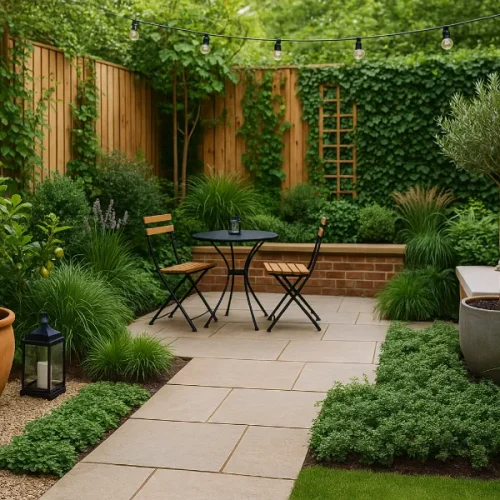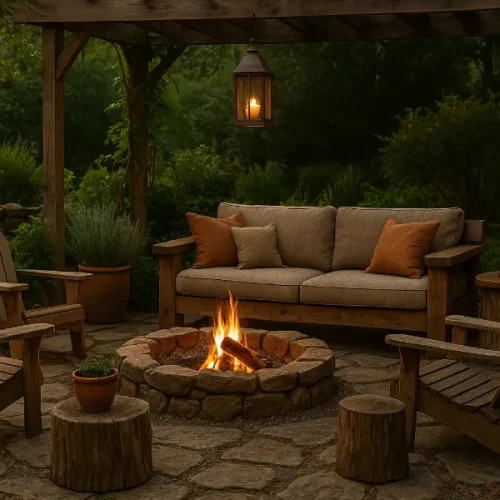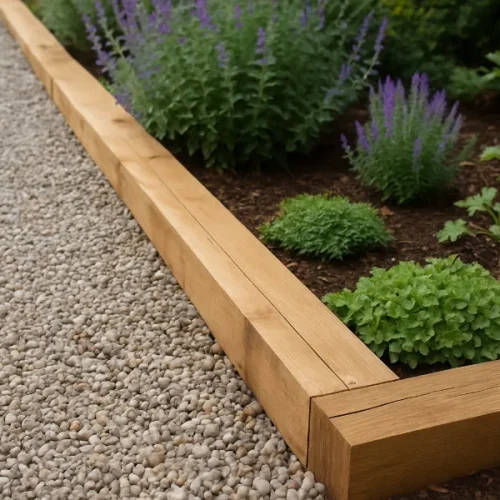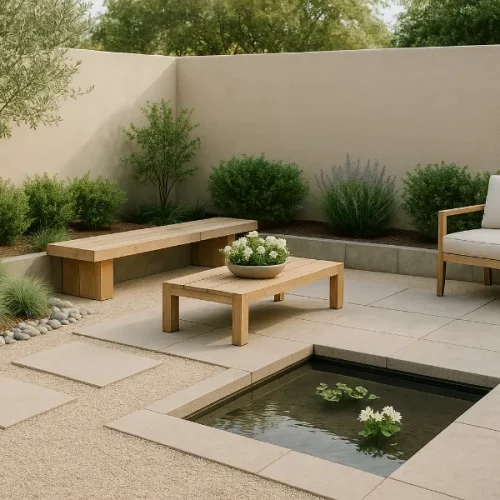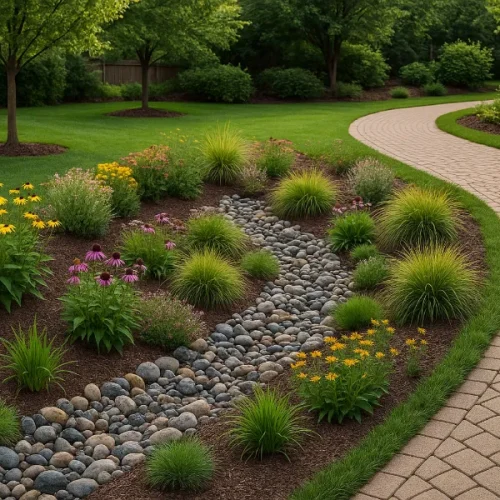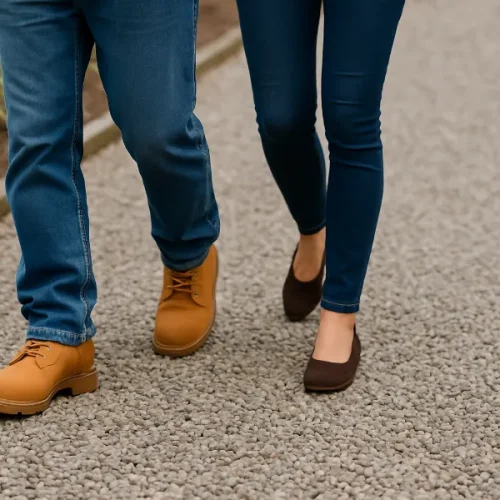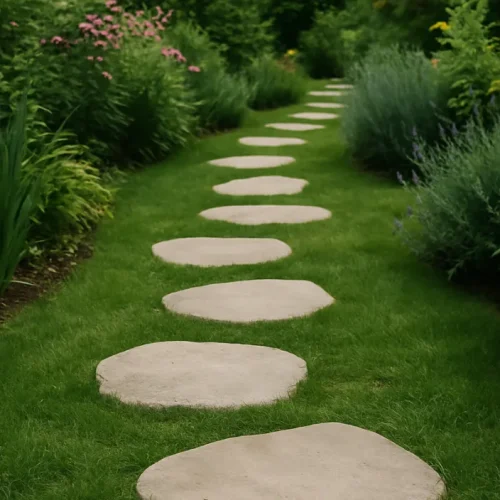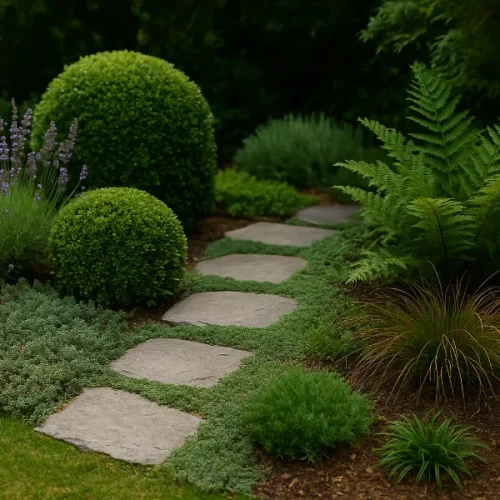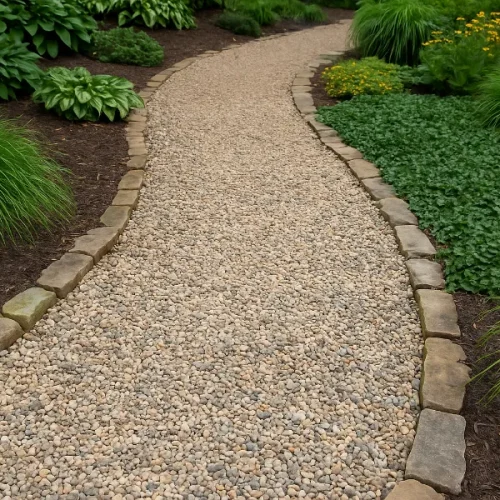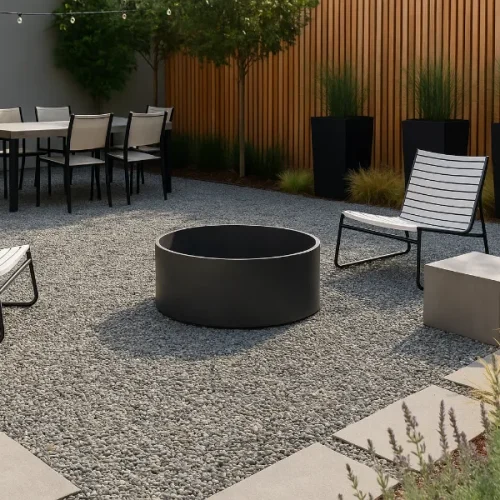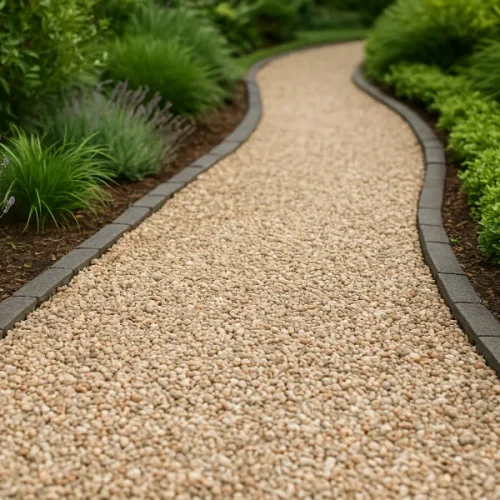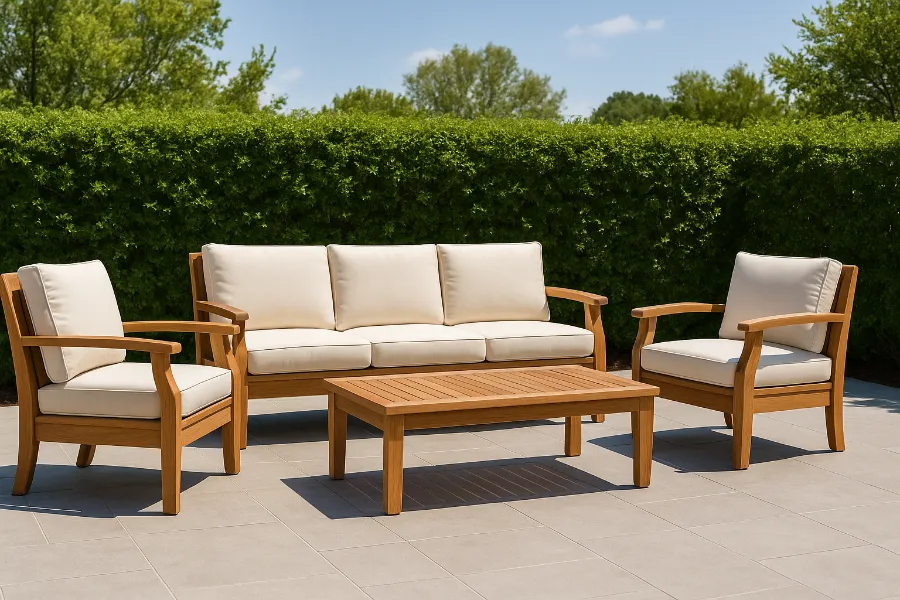
When it comes to outdoor furniture, few materials rival the timeless elegance of teak. Its warm golden-brown tones and natural resistance to the elements make it a favorite for patios, decks, and gardens. But here’s the catch: even though teak is naturally durable, it isn’t invincible. Without the right care, your prized furniture will eventually show the effects of sun, rain, and time. That’s where sealing teak outdoor furniture comes in. Done correctly, sealing helps protect the wood’s natural oils, preserves its rich color, and extends its lifespan for decades.
So, should you seal your teak? And if so, how do you do it properly? Let’s dive deep into everything you need to know.
Understanding Teak and Why It Needs Sealing
Teak wood is remarkable. It’s naturally dense, rich in oils, and loaded with silica. These properties give it resistance to rot, insects, and water damage. This is exactly why teak has been used for shipbuilding for centuries—it can handle wet environments.
But here’s the thing: when teak is left outdoors, the sun gradually bleaches its honey-brown tones into a silvery-gray patina. While some homeowners love that aged look, others prefer the warm golden glow. Beyond the color change, unsealed teak is also prone to surface cracking, water stains, and mildew buildup.
That’s why sealing teak outdoor furniture is such a smart move. It doesn’t just preserve the color—it also provides an invisible layer of protection against weather, spills, and daily wear.
The Benefits of Sealing Teak Outdoor Furniture
If you’re on the fence about sealing, consider these advantages:
- Moisture Protection
Even though teak resists water naturally, prolonged exposure to rain or standing water can still cause warping and dark water stains. A sealer keeps water from penetrating. - UV Defense
Sealers often include UV blockers that protect the wood from sun bleaching. Without it, your furniture’s golden tones can fade within a year. - Longevity
Sealed teak simply lasts longer. You’re essentially buying yourself decades of beauty and durability with minimal upkeep. - Easier Cleaning
Spills wipe away more easily on sealed surfaces. Coffee, wine, or salad oil won’t immediately stain the wood. - Aesthetic Control
Sealing allows you to “lock in” the look you love—whether that’s the fresh golden brown of new teak or the soft silvery patina of aged wood.
When to Seal Teak Outdoor Furniture
Timing is everything. Sealing teak isn’t something you do once and forget about—it’s part of an ongoing care routine.
- Annually or Biannually: Most experts recommend sealing once a year, preferably before the rainy or winter season. In areas with harsh sun, every 6 months may be ideal.
- After Restoration: If you’ve sanded or refinished your teak to restore its original color, seal it immediately to preserve the look.
- When Signs Appear: Dark water stains, fading, or rough patches are all signals that it’s time for sealing.
Step-by-Step Guide: How to Seal Teak Outdoor Furniture
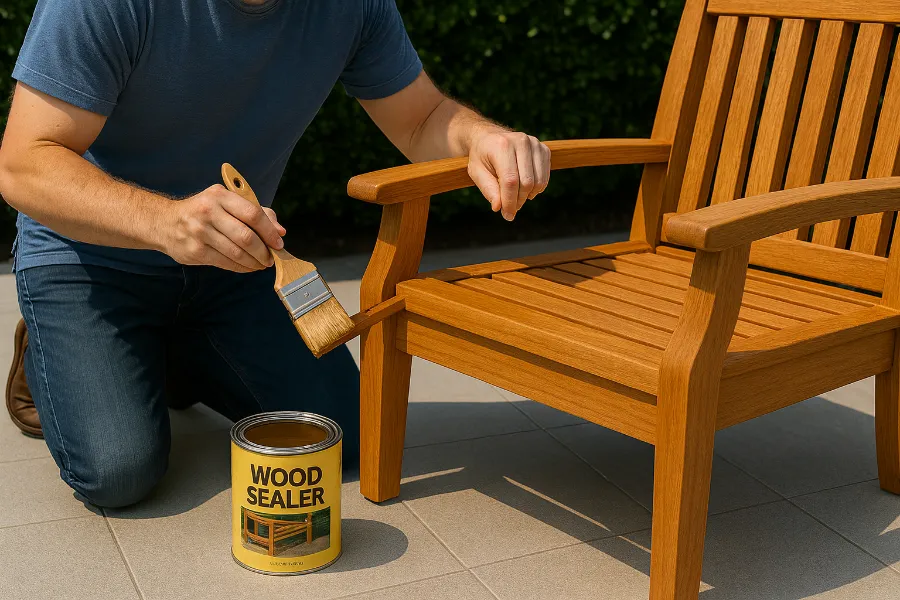
Ready to seal your teak furniture? Here’s a process that works every time.
Step 1: Clean the Furniture
Before you even think about applying a sealer, the surface must be clean. Dirt, mildew, and oils will prevent the sealer from penetrating evenly.
- Mix mild soap with warm water.
- Use a soft-bristle brush to scrub along the grain.
- For stubborn stains, add a splash of vinegar or a teak-specific cleaner.
- Rinse thoroughly with water and let the furniture dry completely.
Step 2: Sand the Surface
Light sanding opens up the grain so the sealer can soak in properly.
- Use 80- to 120-grit sandpaper.
- Sand lightly, just enough to smooth rough spots or remove surface discoloration.
- Always sand with the grain, never across it.
- Wipe away dust with a clean cloth.
Step 3: Apply the Sealer
This is where the magic happens. Teak sealer creates that invisible shield against water and UV damage.
- Choose a high-quality teak sealer, not generic wood oil. Oils may look nice at first but can actually strip natural oils from teak over time.
- Apply with a sponge, brush, or cloth. A paint sprayer works well for large pieces.
- Spread evenly and cover every surface—don’t forget undersides and joints.
- Allow the first coat to dry for a few hours. Apply a second coat if the wood is thirsty or weathered.
Step 4: Let It Cure
Give the furniture at least 24 hours to fully dry before using it. Place it out of direct sunlight during curing to prevent uneven drying.
Common Mistakes to Avoid
Sealing teak outdoor furniture is straightforward, but it’s easy to make these errors:
- Skipping Cleaning: Sealer over dirt traps grime inside, creating uneven patches.
- Not Letting Wood Dry: Applying sealer to damp teak can lock in moisture, leading to mildew.
- Using Teak Oil Outdoors: While marketed for teak, oils attract mildew and fade quickly in outdoor settings. Stick with proper sealers.
- Applying Too Thickly: More isn’t always better. Thick layers can leave sticky residue. Multiple thin coats work best.
- Forgetting the Underside: Always seal the bottom surfaces. Moisture doesn’t only attack from above.
Alternatives to Sealing
Not everyone wants to seal their teak, and that’s okay. You’ve got options:
- Let It Weather Naturally: Embrace the silver-gray patina. It’s low-maintenance and still durable.
- Furniture Covers: Use breathable covers during off-seasons to reduce exposure.
- Indoor Storage: Move teak furniture inside during harsh winters or rainy seasons.
- Spot Maintenance: Instead of sealing, simply clean and lightly sand each year.
Caring for Teak After Sealing
Once your furniture is sealed, upkeep becomes much easier. Still, a little ongoing care makes all the difference.
- Wipe Spills Quickly: Even sealed wood can stain if liquids sit too long.
- Dust or Rinse Regularly: Prevent dirt from embedding into the surface.
- Reapply as Needed: Watch for fading or water absorption. That’s your cue to reseal.
- Avoid Harsh Chemicals: Stick to mild soap, not bleach or ammonia.
The Balance Between Aesthetics and Durability
At the end of the day, sealing teak outdoor furniture comes down to preference. If you adore the golden-brown glow and want to keep it that way, sealing is the best route. If you don’t mind the silvery weathered patina, you can skip it and simply clean occasionally.
Either way, teak is a powerhouse wood that will last for decades. But sealing gives you more control over its appearance and adds an extra layer of protection against the elements. Think of it as a beauty treatment that also works as armor.
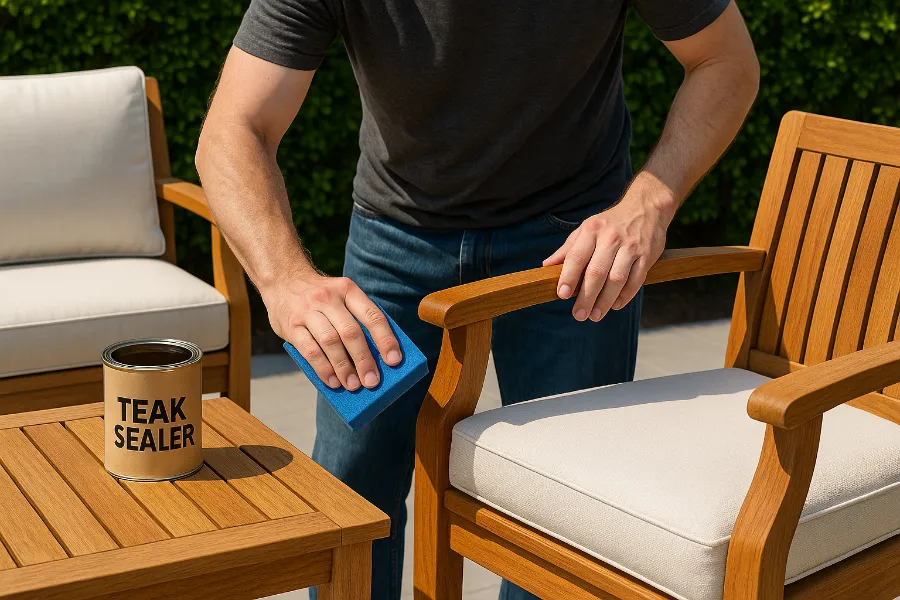
Final Thoughts
Teak has a well-earned reputation as the king of outdoor furniture. Its durability and natural charm are unmatched. But even kings need protection. Sealing teak outdoor furniture is one of the simplest, most effective ways to preserve its beauty and extend its life.
With the right sealer, a little prep work, and a yearly routine, you can enjoy rich, golden teak furniture season after season. It’s a small effort for a huge payoff: a patio that looks polished, inviting, and built to last.


